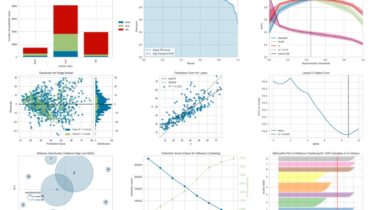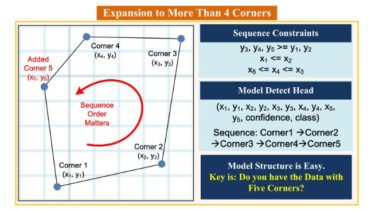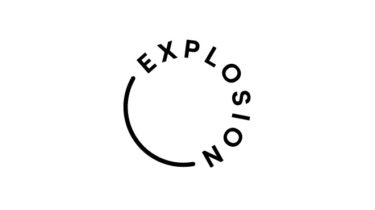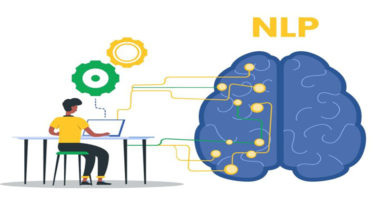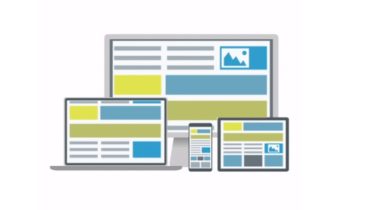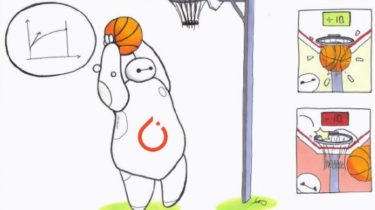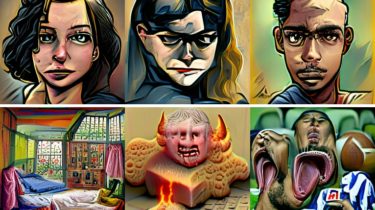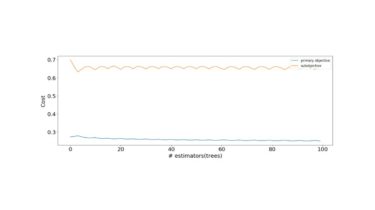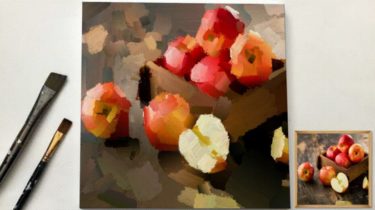Visual analysis and diagnostic tools to facilitate machine learning model selection
Yellowbrick Visual analysis and diagnostic tools to facilitate machine learning model selection. What is Yellowbrick? Yellowbrick is a suite of visual diagnostic tools called “Visualizers” that extend the scikit-learn API to allow human steering of the model selection process. In a nutshell, Yellowbrick combines scikit-learn with matplotlib in the best tradition of the scikit-learn documentation, but to produce visualizations for your machine learning workflow! For complete documentation on the Yellowbrick API, a gallery of available visualizers, the contributor’s guide, tutorials […]
Read more